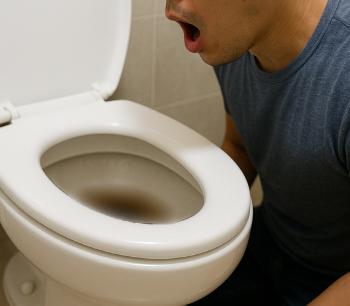Early diagnosis of knee arthritis confirms new MRI indicators
Sep 23, 2025
|
Professor Noh Doo-hyun and Han Hyuk-soo of orthopedics at Seoul National University Hospital and Professor Lee Do-won of Dongguk University Ilsan Hospital announced the results of a long-term follow-up of MRI and X-ray findings based on data from 1,140 knee arthritis patients aged 50 or older registered in the U.S. Long-term Arthritis Cohort (MOST).
Knee degenerative arthritis is a disease caused by progressive damage to cartilage and degenerative changes in joint structures, with one to three out of ten people worldwide suffering from it. The disease can cause pain and exercise restrictions, which can significantly lower the quality of life, so it is important to slow down the progression through early diagnosis and treatment.
In the early stages of knee arthritis, changes occur first in soft tissues (such as cartilage, meniscus cartilage plates), but X-rays generally used for diagnosis have limitations in identifying these changes early. MRI, which is easy to observe soft tissue, is less accessible, and long-term studies have been rare to analyze the association between two test methods with different characteristics.
The research team followed up with major MRI findings according to the arthritis progression stage (0-4), evaluated by X-rays, for up to 7 years.
As a result, the first change in arthritis progression was 'central femoral cartilage damage'. This damage has been observed since the 0th stage of arthritis, which is considered normal on X-rays, showing that MRI is an important tool for identifying early changes in knee arthritis.
In addition, the strongest predictor of the risk of arthritis progression was 'escal cartilage escape'. Since there was no significant association with follow-up time, it was confirmed that structural changes in the knee rather than the passage of time mainly induced arthritis progression. On the other hand, according to the progression of arthritis, there was a difference in the damage pattern in the order of cartilage and meniscus cartilage plates and bones in the center of the knee and meniscus cartilage plates and cartilage and bones in the rear.
Additionally, the research team analyzed X-ray indicators associated with early arthritis MRI findings (central femoral cartilage damage). As a result, X-ray findings were found in the order of tibia osteoporosis, medial joint stenosis, and femoral osteoporosis, all of which were associated with cartilage damage.
Professor Noh Doo-hyun of Seoul National University Hospital (Orthopedic Surgery) "This study systematically identified the order of structural changes in knee arthritis and demonstrated key factors predicting early arthritis."It is also expected to indirectly predict the occurrence and progression of arthritis using specific X-ray findings in an environment where MRI use is limited, and to increase the efficiency of arthritis diagnosis from an early age.
Meanwhile, the results of this study won the Excellence Presentation Award at the International Conference of the Korean Association of Joint Associations (ICKKS 2025) in 2025, and were published in the latest issue of the international journal Knee Surgery Sports Traumatology Arthroscopy.
|
|
This article was translated by Naver AI translator.
















